1. Early life and background
Juscelino Kubitschek's early life and formative experiences laid the foundation for his distinguished political career, deeply influencing his later commitment to national development and public service.
1.1. Birth and family
Juscelino Kubitschek was born on 12 September 1902, into a poor family in Diamantina, a city in the state of Minas Gerais, Brazil. His father, João César de Oliveira (1872-1905), was a traveling salesman who tragically died when Juscelino was only two years old. This left his mother, Júlia Kubitschek (1873-1973), a dedicated schoolteacher, to raise him on her meager income. Kubitschek's maternal ancestry traced back to Czech immigrants, with the family surname originally being Kubíček, which was later Germanized to Kubitschek. He also had Roma and Italian heritage, illustrating a diverse family background.
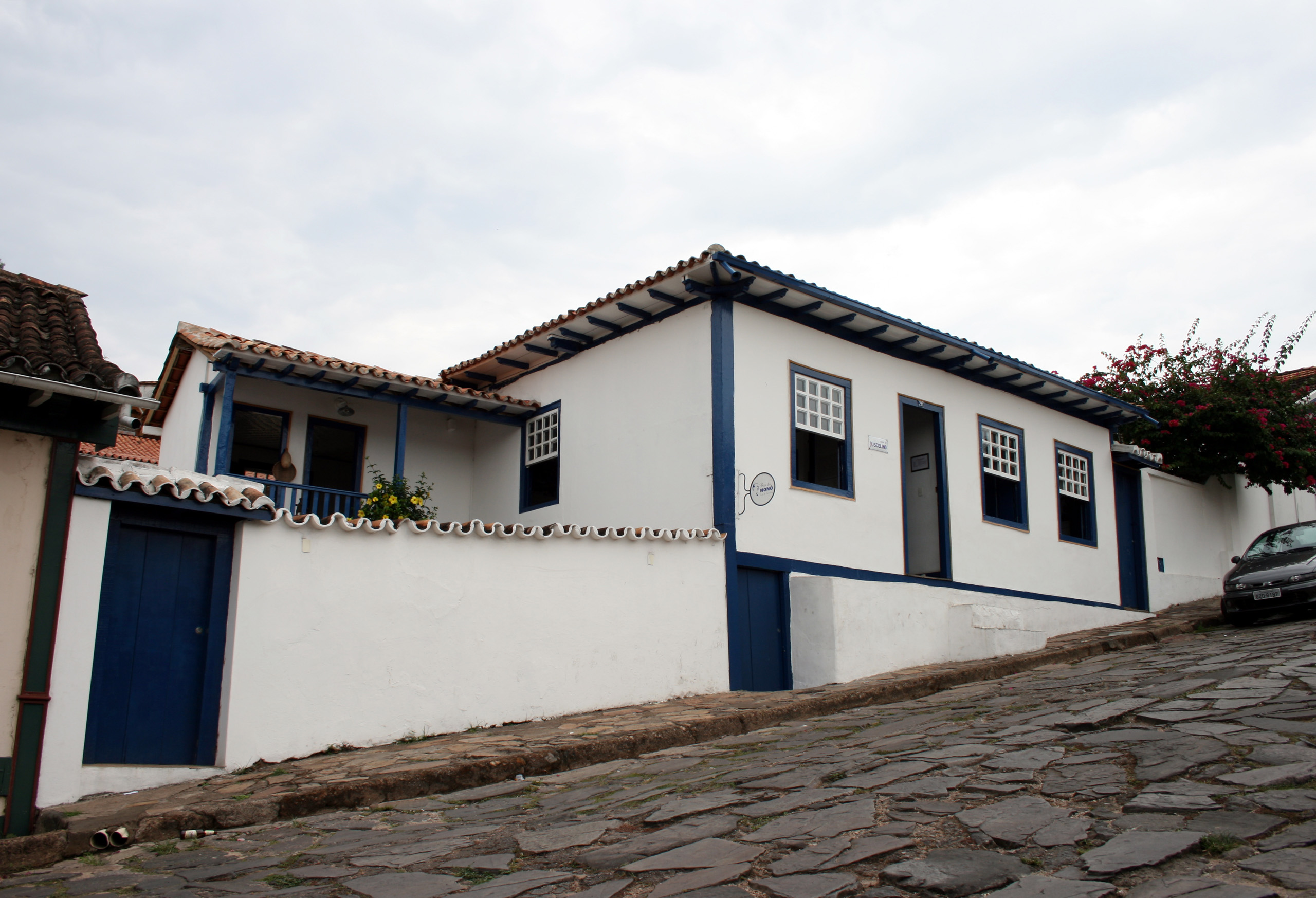
1.2. Education
Kubitschek's academic journey began at a seminary school in Diamantina, where he was noted as an average student. Upon turning twenty, he moved to Belo Horizonte to pursue higher education. He enrolled in the Federal University of Minas Gerais (UFMG), where he dedicated seven years to studying medicine, ultimately becoming a licensed medical doctor in 1927. Following his graduation, he spent several months in Europe, specifically specializing in urology in Paris, France, in 1930. He returned to Brazil after the Brazilian Revolution of 1930, which saw Getúlio Vargas rise to power.
1.3. Early career
Kubitschek's career before entering the national political stage was marked by his dedication to medicine and his growing involvement in local government, where he began to demonstrate his ambition for public works and development.
1.3.1. Activities as a doctor
In 1931, Kubitschek joined the Public Force of Minas Gerais as a doctor, serving in the military police. During this period, he saw patients at a military hospital in Minas Gerais and served in the Constitutionalist Revolution. Following the Estado Novo coup in 1937, which led to the revocation of his federal deputy term, Kubitschek temporarily returned to his medical practice until 1940.
1.3.2. Entry into politics and local politics
Kubitschek's entry into politics was facilitated by his friendship with Benedito Valadares, then Governor of Minas Gerais. In 1932, Valadares appointed Kubitschek as his chief of staff. Two years later, in 1934, Kubitschek successfully ran for office for the first time, becoming a federal deputy with the support of the Partido Progressista (Progressive Party). Although his term was revoked during the 1937 Estado Novo coup, he re-entered public service in 1940 when Valadares appointed him Mayor of Belo Horizonte. He served in this capacity until October 1945.
During his tenure as mayor, Kubitschek became known for his ambitious push to expand public works and improve infrastructure. He commissioned the renowned architect Oscar Niemeyer to design several municipal buildings in Belo Horizonte, including the architectural complex around Pampulha Lake, establishing a strong professional relationship that would prove instrumental in the future construction of Brasília. At the end of 1945, he was elected constituent deputy for the Social Democratic Party (PSD).
In 1950, he ran for Governor of Minas Gerais. He defeated Bias Fortes in the PSD caucuses and subsequently won the gubernatorial election against his brother-in-law, Gabriel Passos. Kubitschek was sworn in as governor on 31 January 1951. As governor, he focused heavily on transportation and energy development, creating the Companhia Energética de Minas Gerais and overseeing the construction of five new power plants. He also prioritized improving roads, bridges, schools, and hospitals across the state, further cementing his reputation as a developmentalist.
2. Presidency (1956-1961)
Juscelino Kubitschek's presidency was a period of transformative economic and social development for Brazil, driven by his ambitious vision and a commitment to modernizing the nation.
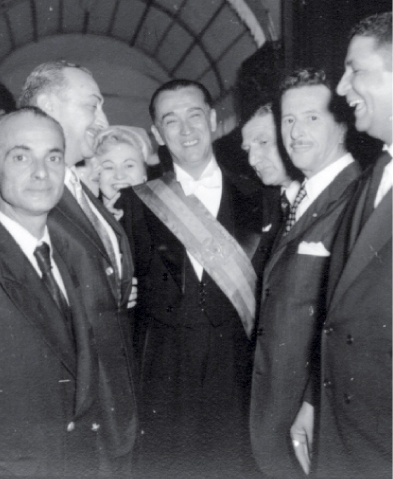
2.1. Election and inauguration
Kubitschek officially launched his candidacy for the 1955 presidential election in February 1955, building upon an earlier announcement in October 1954. He ran on a developmentalist platform, championing economic and social progress under the influential campaign slogan, "50 years of development in 5" (50 anos em 5Portuguese). In an alliance with six political parties, his running mate was João Goulart. On 3 October 1955, Kubitschek was elected President of Brazil, securing 35.6% of the votes.
However, his victory faced immediate challenges from the opposition party, União Democrática Nacional (UDN), which attempted to annul the election results on the grounds that Kubitschek had not obtained an absolute majority. Additionally, rumors of a military coup circulated, fueled by opposition concerns over Kubitschek's perceived close ties to former President Getúlio Vargas and alleged sympathies towards communists. To ensure Kubitschek's inauguration, General Henrique Teixeira Lott, then Minister of War, along with a coalition of high-ranking military officers, staged a preventative military movement. This decisive action guaranteed the peaceful transfer of power, and Juscelino Kubitschek was inaugurated as the 21st President of Brazil on 31 January 1956.
2.2. Economic policies and major projects
Kubitschek's economic agenda, known as the "Goals Plan," was the cornerstone of his presidency, aiming to propel Brazil into a new era of industrialization and national integration.
2.2.1. Industrialization and foreign investment
Launched in 1956, the "Goals Plan" outlined 31 objectives across six major categories: energy, transport, food, base industries, education, and the construction of Brasília. This plan sought to diversify and expand the Brazilian economy through industrial growth and the integration of the national territory. While prioritizing national industrial development, Kubitschek's government also significantly opened the economy to foreign investment. He implemented policies that exempted imported machinery and industrial equipment from taxes, specifically to attract foreign capital. However, this exemption was generally conditional on the foreign capital being associated with national capital, promoting a model of "associated capital." To stimulate the domestic market, he enacted a generous credit policy. His administration actively promoted the development of key sectors, including the automobile industry, naval industry, and heavy industry. With the notable exception of the hydroelectric sector, Kubitschek's policies largely fostered an economy that minimized the role of state-owned companies in industrial development. He also proposed a progressive agenda for education, though this component of his plan was not fully realized.
2.2.2. Transport and energy infrastructure
Kubitschek placed significant emphasis on the construction of transregional roads, seeing them as vital for integrating Brazil's vast territories. This focus, however, drew criticism for reportedly sidelining the development of the national railway network, a decision that remains controversial in historical assessments. Despite this criticism, the extensive road construction projects played a crucial role in connecting the Amazon region with the rest of the country, a task that was further aided by the simultaneous construction of Brasília. A prime example of this was the construction of the Belém-Brasília Highway. Prior to this, travel from major coastal cities like Rio de Janeiro or São Paulo to Belém in the north typically involved a lengthy ship journey across the Atlantic Ocean. This weak link in the national infrastructure had proven particularly problematic during World War II, when German U-boats effectively disrupted all commerce along the coast.
2.2.3. Healthcare policies
Drawing from his professional background as a physician, Juscelino Kubitschek was deeply committed to reforming Brazil's healthcare system. During his presidential campaign, he advocated for the establishment of a centralized health bureaucracy, which was largely absent prior to his administration, to more effectively address pressing rural health issues. One of his most notable initiatives in this area was the creation of DNERU, an agency specifically tasked with combating widespread diseases such as tuberculosis and malaria, and with distributing vaccines in underserved areas of the country where access to healthcare was severely limited.
2.3. Construction of Brasília
The construction of Brasília, the new federal capital, was the most iconic and ambitious project of Kubitschek's presidency, symbolizing his vision for an integrated and developed Brazil.

2.3.1. Planning and background
The idea of relocating Brazil's capital to the country's interior had been envisioned in Brazilian constitutions as early as 1891, and subsequently in the 1934 and 1946 constitutions. However, it was not until 1956, under President Kubitschek's administration, that the planning for this ambitious project began to take concrete form, fulfilling one of his key campaign promises to foster the development of Brazil's vast interior. Initially, the proposed relocation of the capital from Rio de Janeiro was a contentious issue, meeting with considerable division and opposition not only from residents within Rio but also from across Brazil. Public debates were televised on popular TV shows like "Que será do Rio," and letters to the editor in newspapers such as Correio da Manhã reflected the widespread discussions among statesmen, local residents, and professionals regarding the merits and implications of such a monumental undertaking. Despite the initial controversy, Kubitschek remained steadfast in his commitment to realizing this long-held national aspiration.
2.3.2. Construction process and significance
The actual construction of Brasília commenced in February 1957, with the monumental task overseen by a triumvirate of design visionaries: urban planner Lúcio Costa, architect Oscar Niemeyer, and landscape designer Roberto Burle Marx. To meet the aggressive deadline of completing the city by 21 April 1960, a date chosen to honor the Inconfidência Mineira and the founding of Rome, the work proceeded day and night. Over 200 machines were deployed, and a massive workforce of 30,000 laborers, predominantly from the northeast of Brazil, toiled tirelessly. In a remarkable feat of engineering and urban planning, a completely new capital city, complete with its streets, government palaces, comprehensive infrastructure, and residential facilities, emerged in the middle of a vast savanna in just 41 months, impressively ahead of schedule. Upon its inauguration, Brasília was immediately hailed as a masterpiece of both urbanism and modern architecture.
Beyond its architectural marvel, Brasília was conceived to play a strategic role in Brazil's national development. It was intended to integrate the country's farthest regions, stimulate development in previously unpopulated areas, and strengthen Brazil's cultural and territorial unity. The construction of Brasília also spurred the development of numerous new roads, crucial for linking Brazil's expansive territories. A significant example of this was the construction of the Belém-Brasília Highway, which dramatically improved connectivity.
2.4. Economic performance and criticism
Kubitschek's presidency saw a remarkable period of economic growth and industrial expansion, but these achievements were concurrently accompanied by significant financial and social challenges that drew considerable criticism.
2.4.1. Economic growth and external debt
In the short term, Brazil's economy experienced a boom under Kubitschek's leadership, driven by a stronger and more diversified industrial sector. Industrial production, for instance, saw an impressive growth of 80% by the end of his term. However, this rapid development was largely financed by an accumulation of foreign debt, which soared from 87.00 M USD at the start of his presidency to 297.00 M USD by its conclusion. This growing reliance on external loans, coupled with an increasing dependence on imported energy resources, made Brazil particularly vulnerable to global economic shocks. Indeed, Brazil became one of the countries most severely affected by the 1973 oil crisis and the 1979 oil crisis, as the quadrupling of oil prices significantly contributed to the nation's burgeoning debts and spiraling inflation. Critics directly attributed these negative consequences to his administration's policies, arguing that the economic downturn extended well into the 1980s as Brazilian industries struggled to remain competitive in the global market. While Kubitschek initially explored the possibility of a loan from the International Monetary Fund, he ultimately withdrew from negotiations.
2.4.2. Inflation and deepening income inequality
Alongside the escalating external debt, Kubitschek's economic policies had adverse domestic effects. The country experienced a high rate of inflation, reaching 43% by the end of his term. This inflationary pressure disproportionately affected the purchasing power of the population and contributed to a deepening of income inequality across Brazil. The economic strain led to an increase in strikes, which originated in rural areas and subsequently spread to urban centers, reflecting widespread social discontent over economic conditions. Despite these challenges, it is worth noting that the minimum wage during Kubitschek's presidency is often considered the highest in Brazilian history relative to the cost of living at that time.
3. After the presidency
Following his departure from the presidency, Juscelino Kubitschek continued to play an active, albeit challenging, role in Brazilian politics, ultimately facing severe repression under the military regime.
3.1. Senator and political activities
After completing his presidential term on 31 January 1961, Kubitschek remained engaged in the political arena. Later that same year, he was elected senator for the state of Goiás. From this position, he sought to maintain his political influence and even explored the possibility of a candidacy for the 1965 presidential election.
3.2. Repression and exile under the military regime
However, Kubitschek's political aspirations were abruptly curtailed by the 1964 Brazilian coup d'état, which ushered in a military dictatorship. Following the coup, Kubitschek became a target of the new regime, being accused of corruption and alleged ties to communist groups. As a direct consequence of these accusations, his senatorial term was revoked, and his political rights were suspended for a period of ten years.
Facing persecution, Kubitschek entered self-imposed exile, traveling through various cities in the United States and Europe. He eventually returned to Brazil in March 1967 and joined forces with Carlos Lacerda and João Goulart to organize the Frente Ampla (Broad Front), a political movement aimed at opposing the military dictatorship. This alliance, however, was short-lived; the military regime dissolved the Frente Ampla a year later, and Kubitschek briefly faced imprisonment. Despite these setbacks, he expressed his intention to return to political life once his political rights suspension expired. In October 1975, he unsuccessfully sought a seat at the Academia Brasileira de Letras but did hold chair number 34 at the Minas Gerais Academy of Letters.
4. Death and assessment
The circumstances surrounding Juscelino Kubitschek's death have been a subject of enduring controversy, contributing to a complex historical evaluation of his legacy.
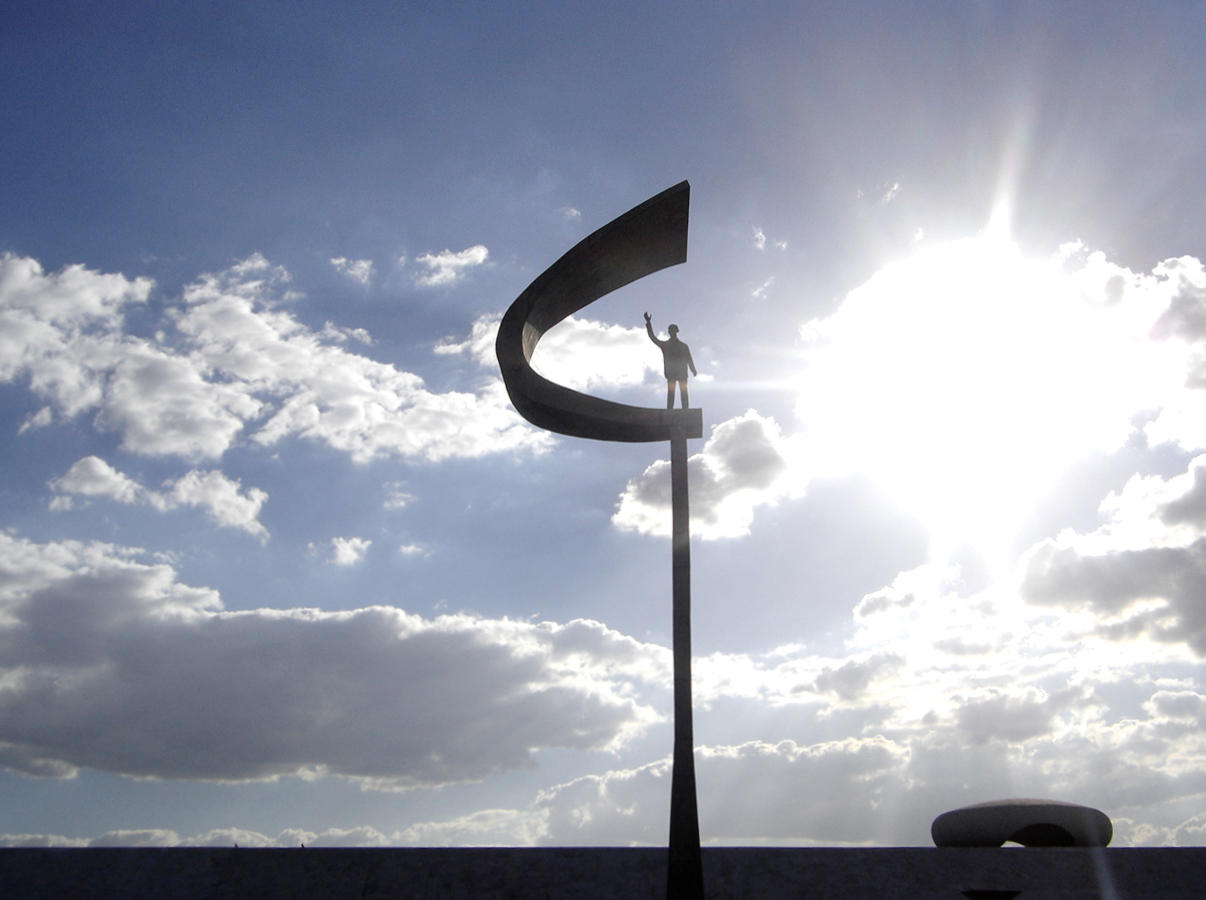
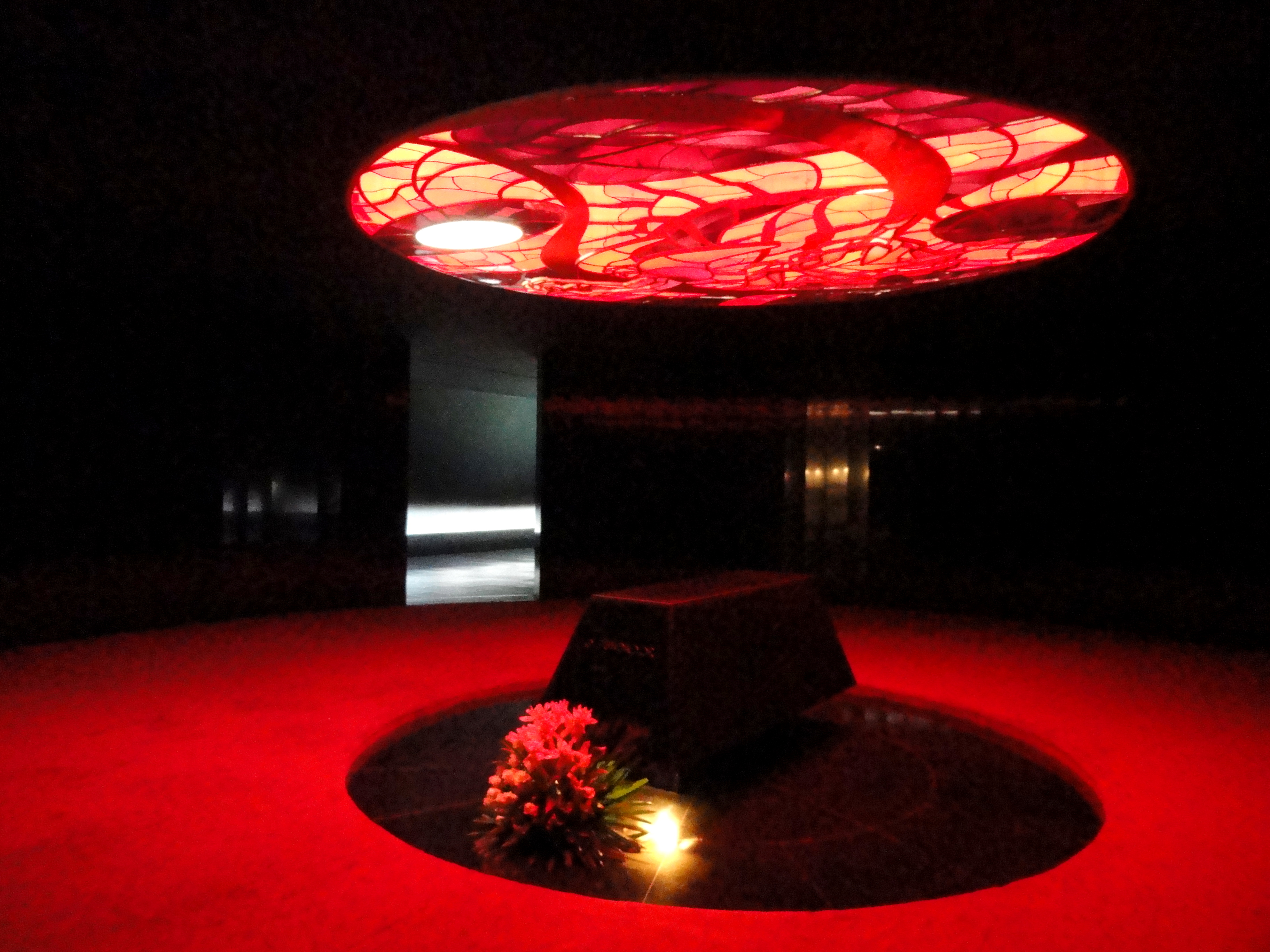
4.1. Circumstances of death and controversy
Juscelino Kubitschek died on 22 August 1976, in a car accident near the city of Resende, in the state of Rio de Janeiro.
4.1.1. Car accident and assassination allegations
Following his death, forensic examinations and official reports at the time concluded that the accident was a normal traffic fatality. However, this conclusion was immediately contested by his family, who harbored suspicions that Kubitschek had been the victim of a political murder orchestrated by the military regime. The family requested the exhumation of his remains twenty years later, seeking further investigation. These suspicions were publicly amplified on 26 April 2000, when former Governor of Rio de Janeiro, Leonel Brizola, alleged that both Kubitschek and former President João Goulart, who had died only months apart in 1976, were assassinated as part of Operation Condor, a US-backed clandestine campaign of state terror by South American military dictatorships. Goulart's death was originally reported as a heart attack. The claims of assassination fueled calls for official investigations into their deaths as part of the broader National Truth Commission inquiries.
4.1.2. Truth Commission investigation results
In response to public demand and the persistent allegations, the National Truth Commission of Brazil launched an investigation into Kubitschek's death. On 27 March 2014, after a thorough review, the commission officially concluded that Juscelino Kubitschek was not assassinated, corroborating the initial reports of a traffic accident. However, it is worth noting that the São Paulo City Truth Commission (linked to the Vladimir Herzog investigation), in December 2013, had controversially announced that Kubitschek was indeed assassinated by the military, although it did not provide detailed evidence for this claim. The conflicting findings highlight the complex and politically charged nature of investigating events from Brazil's military dictatorship era.
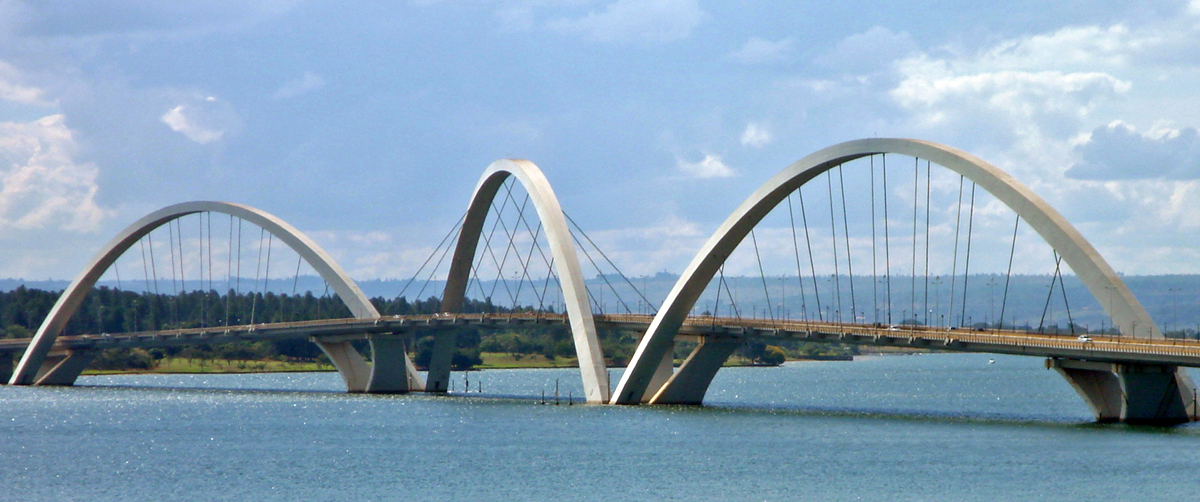
4.2. Historical evaluation and legacy
Juscelino Kubitschek occupies a complex but largely positive position in Brazilian history, often viewed as a transformative leader whose policies shaped the modern nation.
4.2.1. "Father of Modern Brazil" evaluation
Kubitschek is widely recognized and often revered by Brazilians as the "father of modern Brazil." This title reflects his significant contributions to national development and modernization, particularly through his ambitious industrialization programs and the construction of Brasília. His vision of "50 years of development in 5" captured the public imagination and remains a potent symbol of progress and national ambition. He is regarded as a statesman whose legacy is well-regarded, and he continues to command high public respect for his achievements and his commitment to the people.
4.2.2. Positive and critical views on major achievements
Positive assessments of Kubitschek's presidency frequently highlight the monumental achievement of building Brasília. The rapid construction of the new capital in just 41 months is seen as an unparalleled feat of engineering and organization, which successfully fulfilled a long-held national dream of integrating Brazil's vast interior. His economic development policies, which spurred industrial production and attracted foreign investment, are also praised for fostering significant economic growth and diversifying the Brazilian economy.
However, critical perspectives on his era acknowledge the substantial economic and social problems that arose from his policies. The enormous cost of Brasília's construction contributed to a dramatic increase in Brazil's external debt and fueled high inflation, which continued to plague the economy for decades. Critics also point to the deepening income inequality and social unrest that emerged during his term, arguing that the focus on rapid industrialization and large-scale projects sometimes overshadowed social welfare and balanced development. The controversies surrounding the forced relocation of the capital and allegations of corruption further complicate his legacy, presenting a nuanced picture of a president who achieved great feats but also left behind significant challenges.
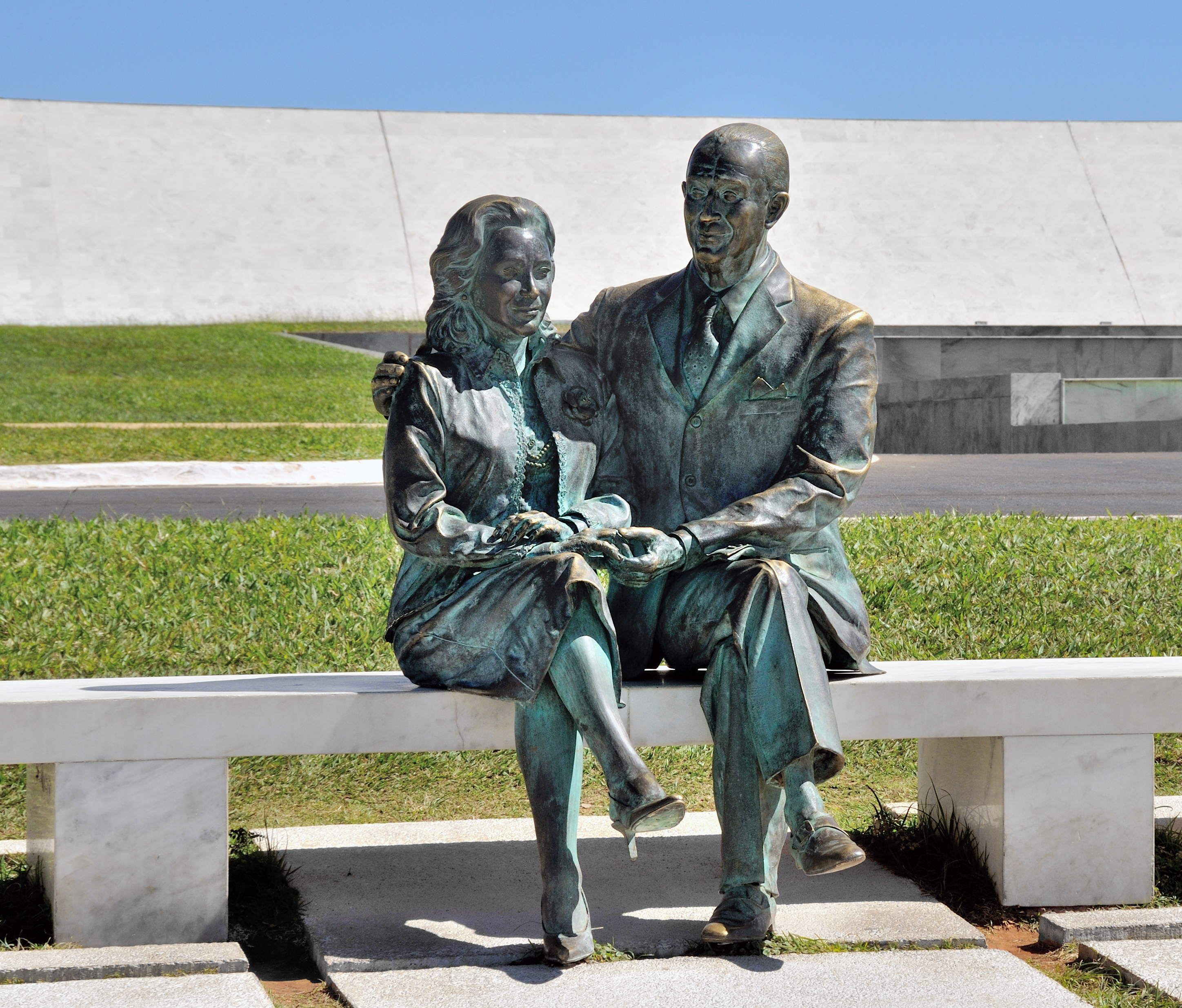
4.3. Commemoration and cultural impact
Juscelino Kubitschek's profound influence on Brazil is evident in numerous forms of commemoration, from national landmarks to popular media portrayals, reflecting his enduring cultural impact and high esteem.
4.3.2. Portrayal in mass media
Juscelino Kubitschek's life and image have been depicted in various forms of mass media, contributing to his sustained presence in the public consciousness. In 2006, Globo, Brazil's largest television network, produced a popular miniseries titled JK, which dramatized his life story. The miniseries featured prominent Brazilian actors, with Wagner Moura portraying Kubitschek in his younger years (ages 18-43) and José Wilker depicting him in his later life (ages 44-75). This production helped to reintroduce his story to a new generation and solidify his cultural impact. He is also depicted in a 1971 photograph with musicians Lô Borges, Fernando Brant, and Márcio Borges, and Milton Nascimento in Diamantina, showcasing his connection with cultural figures.
5. Private life
Juscelino Kubitschek's personal life, while often intertwined with his public persona, offered a glimpse into his family and relationships.
5.1. Marriage and children
In December 1931, Juscelino Kubitschek married Sarah Lemos (later Sarah Kubitschek). The couple had a daughter, Márcia Kubitschek, who was born in 1943. They also adopted another daughter, Maria Estela, in 1947. Their daughter, Márcia Kubitschek (1943-2000), herself pursued a career in politics; she was elected to the National Congress of Brazil in 1987 and later served as Lieutenant Governor of the Federal District from 1991 to 1994. In 1980, Márcia married the Cuban-American ballet star Fernando Bujones.